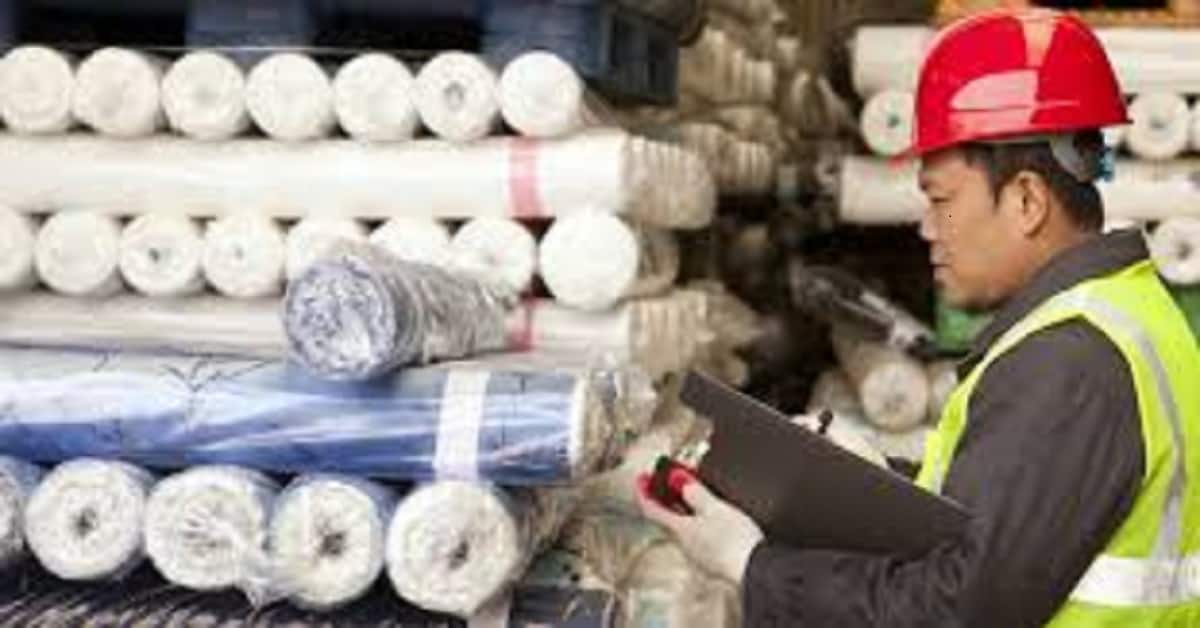Product’s Quality should be your foremost concern when requesting production in a foreign country; not only is it much more difficult to supervise the production process thousands of miles away from home, but it is also arduous to adequately convey your demands to a supplier with a substantially different culture and worth ethics than you.
Therefore, it is highly recommended that you inspect your products before they are shipped to you in order to uncover any potential defects before the shipment actually reaches you. Not only will this save you the cost of transportation (when sending the products back for rework), but it will also benefit you by reducing the time taken to rework the product and receive the desired products.
When it comes to effectively checking the product’s quality prior to shipment, there are a number of ways that are available to you. Let’s look at some of the most common methods at your disposal and help determine which one of these would work best for you.
-
Have your products inspected by an external inspection team
This is perhaps the most common approach preferred by importers all over the world. this involves an inspector or a team of inspectors to visit the factory site in order to carry out quality assurance inspection on a randomly selected sample of products. It is important for the sample to be randomly selected across the entire shipment in order to avoid any kind of bias. This sample is then tested and conclusions are drawn regarding the overall product’s quality of the shipment, and whether or not they meet the product specifications and other criteria as required by you.
It is common for an importer to hire a third-party quality control team– a less frequently employed alternative is using your own in-house QC staff. However, most importers prefer a third-party inspection service as opposed to an in-house team. Due to lower costs and higher efficiency.
This kind of inspection is most often conducted once the production is completely finished. In order to assess the quality of the product as a whole. Once the product’s quality report is drafted by the inspection team and sent to you. You may either decide to accept or reject the shipment depending upon whether or not the products successfully meet the criteria provided by you to the supplier.
Pros of hiring an external inspection team:
- A final random inspection is the most common method of checking for quality all over the world; therefore, it is a commonly anticipated step by exporters.
- This kind of inspection is rather easy to set up, regardless of the location of the supplier and other demographic difficulties such as language barriers.
Cons of hiring an external inspection team:
- Non-cooperation by the supplier is one of the foremost concerns when it comes to external inspection. For example, the supplier might create hindrances for the inspection team by showing them only a certain part of the shipment which it deems suitable.
- There can be instances of a coalition between the supplier and the inspection team, whereby the team might be bribed by the supplier to produce favorable results.
-
A final inspection carried out on a platform
This kind of inspection is most common with large shipments. Especially from countries such as Japan that are engaged in high volumes of trade. This method involves delivering the goods to a certain platform. Such as a forwarder warehouse. Where an area is rented for carrying out the inspection. The inspection may be carried out on a part of the entire shipment, depending upon the importer’s requirements.
Pros of a final inspection carried out on a platform:
- The cost of traveling to far distances for quality inspectors is eliminated and the goods can be shipped immediately once they are cleared by the inspection team and the importer.
- There is minimal risk of supplier interference as the goods are present outside the factory.
Cons of a final inspection carried out on a platform:
- This method is, understandably, not quite popular with suppliers as they have to pay for transportation back to the factory in case product rework is required.
- It is only suitable for larger volumes of goods, not for small, irregular orders.
-
A piece-by-piece inspection inside the factory
If you wish to thoroughly inspect each unit of the shipment. Then a piece-by-piece approach is what you should go for. This essentially involves setting up an inspection point that is separate from the supplier’s workforce. But is present on-site to inspect each product as it is completed.
Pros of a piece-by-piece inspection:
- The chances of receiving a defective product are minimal.
- The supplier has time to rework defective products as they are spotted.
Cons of a piece-by-piece inspection:
- Only applicable for a shipment being produced in one geographical area.
- May be very expensive on account of the amount of time and labor required on site.
-
Training and auditing the internal inspection team of the supplier
This is perhaps the least common approach adapted by importers and is suitable in very particular circumstances. You have been a customer of the supplier for a long time. You are purchasing more than 30% of the factory’s output. And you completely trust their integrity and ethical conduct.
Once you have successfully trained the internal inspection team of the supplier. You only need to carry out periodic audits to make sure that everything is in order.
Pros of training an internal inspection team:
- The cost of the inspection is significantly lower than all the other alternatives
- The inspection team is present on-site so can swiftly report on production status.
Cons of training an internal inspection team:
- Risk of manipulated reports in favor of the supplier.
- A high level of cooperation required by the supplier.


